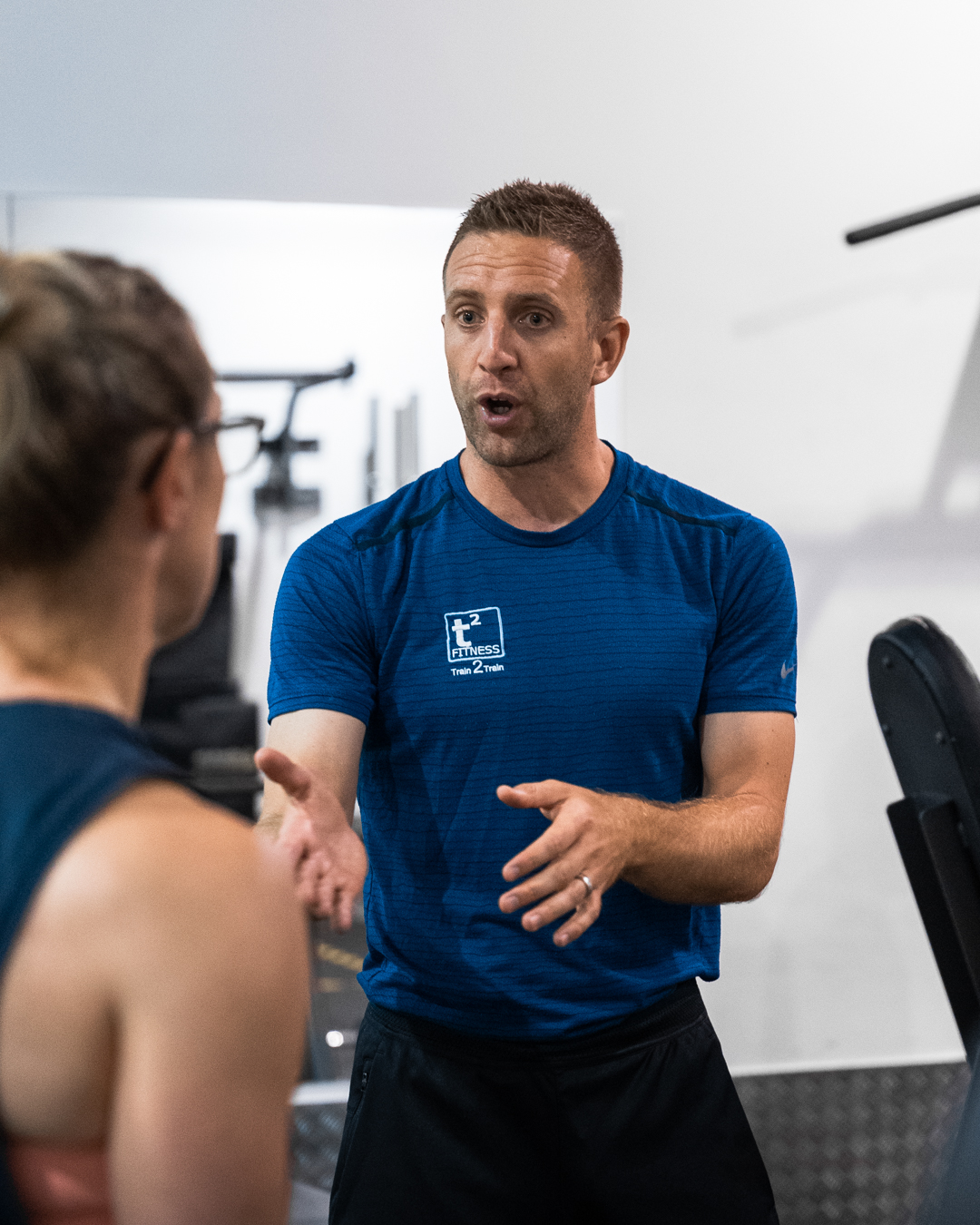Stu Gatherum, director of T2 Fitness Ltd, reflects on how the industry has changed in the last 20 years and what the modern PT needs to be a success.
The world of fitness, and the industry we all love so much, has undergone some fairly radical changes in recent times. I have been in the industry since the year 2000, and this was largely pre-internet, particularly in terms of its impact on how fitness was consumed and delivered. It is a whole new game now! And one I want to offer a little insight into …
Back in the day it was a slower pace. You would typically turn up to work for an ‘early’, ‘mid’ or ‘late’. You would scan the list of (handwritten) appointments in the (physical) diary and prepare yourself to run a battery of physical assessments before writing individual programmes for those you were meeting with. Doesn’t sound a lot different I guess, aside from the fact we used to have handwritten appointments.
But the primary difference is that – typically – that was it. That was the job. You came in, did some appointments, helped people with technique and then clocked out.
There were people who worked in the gym, those who taught classes, lifeguards and managers. The fast-paced industry we know and love now was fledgling at that time.
Back then when you finished work you changed out of your uniform and were largely anonymous. You didn’t document your day, the food you ate, log in to manage clients’ programmes or have ‘check-ins’ on Zoom. You simply left work and turned up again for the next early, mid or late.
In a lot of ways, the ability to spend time with lots of different gym members was a blessing. You were afforded the time to create your reputation, to hone your skill and to identify the niche areas you really wanted to work in. I, for one, would never give back those early years walking the gym floor. It enabled me to understand the trade better and to really grasp what kind of trainer I wanted to be.
However, change happens in the pursuit of progress. Very few people were thriving in terms of business, generating the kind of impact we are capable of today, and even fewer were able to capitalise on this impact and parlay it into owning their own facilities, etc. We can be a little nostalgic about the past, but the fact remains that the fitness industry is booming today and we are absolutely better off for it!
This trip down memory lane has had me thinking, though. Taking a trainer from the year 2000 (not really long ago!) and dropping them into the industry now would result in a rude awakening! “What is Whoop? What do you mean by ‘AirDrop’? What on earth is a ‘HYROX’?”
So, I wanted to post this little blog piece around what the modern-day fitness professional needs in today’s industry.
So, what does the modern PT need to do?
Initially, it is worth saying that in today’s marketplace the primary, and possibly most important, area to focus on is what exactly you want to do. What are the avenues in the industry that interest you the most? What kind of client really appeals to you? Without a clear vision of your target audience, how are you going to speak to them? Once this is identified, and assuming it is well thought out (not too niche), you can then set about strategising for their attention.
The next thing you need is an understanding of wider-ranging topics. In the past, people would typically have a little knowledge around exercise. There were widely held beliefs (often incorrect) around cardio exercise, the fat-burning zone, weight training making you ‘bulky’, and not to eat carbs after 6pm. All fairly easy to rationalise and dispel. Today people are armed with far more knowledge and ease of access to information. Some of this will still be part-formed though, so you will have a little myth-busting to do still. But gym members asking about heart-rate reserve, HR variability, REM sleep, sleep cycles, carb-cycling, reverse-dieting, meditative practices, wave-loading, etc., would have been unheard of.
As I say, just because the questions are posed, it doesn’t mean the concept is fully understood, but the knowledge of the entry-level trainer now needs to include a far deeper range of topics because the wide-spread information available to the public is significantly more vast.
Social media, web management, marketing strategies, branding, business practice and taxation are all subjects that would have been a bit alien in the early-2000s to most fitness professionals but are common-place among today’s trainers.
A sound understanding of how to post, when to post, where to post, consistency of content and message are all important things that may impact on how successful your marketing is and affect your bottom line.
How your brand positions itself in the market, how you effectively present your USPs and potentially how you fill in the voids that you don’t service yourself through partnerships are all areas that deserve some thought.
It may sound simple, particularly to the younger readers who have grown up creating content for their audiences since primary school, but simply putting together some useful content, editing it so that it sits well on specific platforms, and considerations of how to engage your audience are things we need to think about in today’s fitness world.
It is tell-tale that, at nearly 1,000 words, I am coming to the end of this piece and I haven’t actually discussed the physical act of training a client yet. The idea behind this blog was to highlight the ever-changing nature of our industry and the aspects you need to consider today that didn’t enter our minds 20+ years ago.
It goes without saying that the skills you attain, how they are presented and utilised, the communication required, the attention to detail, rapport-building and how you make your clients feel through your sessions remain the most important areas to your business success. Some things will never change.
As a result, we believe it is important to also focus on offering what will be primary aspects needed to flourish in today’s industry but are not actually required for the attainment of the qualification. What do you think?
How about checking out both of Stu’s online educations? S&C – Foundation Needs Analysis and S&C – Advanced Periodisation, Programming and Training Principles








